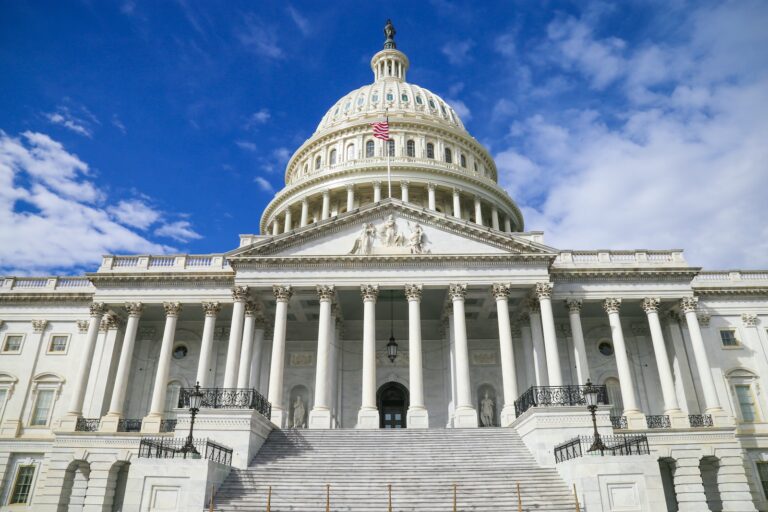The Federal Communications Commission (FCC) has taken a significant step to address the “homework gap” by allowing schools to use E-Rate funding to provide Wi-Fi hotspots to students who lack reliable internet access at home. This decision, passed on July 18, 2024, aims to modernize the E-Rate program and ensure students can complete their homework regardless of their location. [Education Week]
Driving the news: The FCC, in a 3-2 party-line vote, approved the measure to let schools and libraries use E-Rate funds for wireless devices that students can take home. FCC Chair Jessica Rosenworcel, a Democrat, emphasized the need for this modernization, recalling the pandemic’s early days when students had to use public Wi-Fi outside fast-food restaurants to complete their schoolwork.
Why it matters: Millions of students still lack adequate internet access at home, hindering their ability to complete homework and participate in online learning. The expansion of E-Rate funding to cover take-home Wi-Fi hotspots aims to close this digital divide and ensure equitable access to education.
Key details:
- The new rule includes safeguards requiring that hotspots are used primarily for educational purposes, with schools responsible for implementing their own content and user restrictions.
- The measure prioritizes funding for on-campus Wi-Fi and services over take-home hotspots if the demand for E-Rate dollars exceeds available funds.
- This move follows the expiration of the $7 billion Emergency Connectivity Fund program, which temporarily allowed schools and libraries to purchase home-use Wi-Fi hotspots.
The broader context: This change is part of Rosenworcel’s “Learn Without Limits” initiative, which also includes measures to expand E-Rate funding for Wi-Fi on school buses and a cybersecurity pilot program for schools. These efforts aim to adapt the E-Rate program, established in 1996, to the current educational landscape where internet access is crucial for learning.
The other side: Republican commissioners have raised legal and practical concerns. They argue that the FCC’s authority is limited to providing telecom services within school and library premises and that extending it to home use goes beyond what Congress intended.
What’s next: Schools and libraries can begin applying for E-Rate funds to cover the cost of Wi-Fi hotspots. The FCC will monitor the program’s implementation to ensure compliance with the new rules and address any issues that arise.




